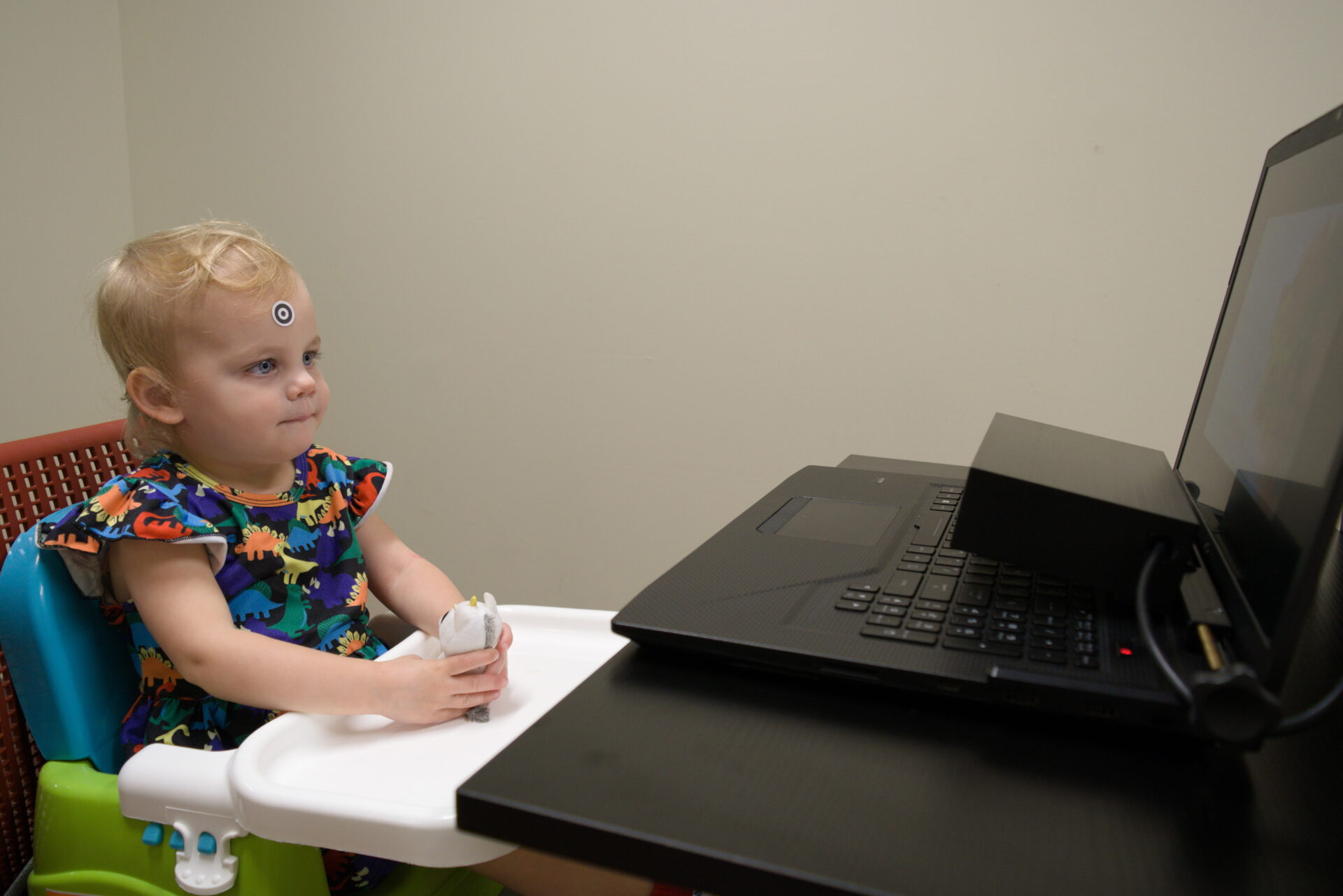Attention and Neurodevelopmental Disorders Lab
The goal of the AtteND Lab is to learn more about the attentional strengths and weaknesses in infants, children, adolescents, and adults with autism. We are interested in questions like:
- How do children with autism perceive the world around them?
- Do problems with attention contribute to the development of autism?
- Why do children with autism develop superior visual-spatial abilities?
- How do the brains of children with autism work differently?
Our lab uses a variety of techniques, such as eye-tracking and brain imaging (EEG and MRI), to help answer these questions. In gaining a better understanding of attention in autism and the differences in brain function that are associated with these processes, our goal is to create tools for earlier diagnosis, better treatment, and better outcomes for children with autism and their families.
Research
In gaining a better understanding of attentional strengths and weaknesses in autism and the differences in brain function that are associated with these processes, our goal is to create tools for earlier diagnosis, better treatment, and better outcomes for children and families affected by autism
Learn MoreGet Involved
Are you interested in autism research?
We invite children and adolescents (ages 7-17 years old) with and without autism to help us answer our research questions.
Learn More
Integrating Clinical Evaluation and Eye-tracking to Improve Diagnostic Accuracy
A project funded by National Institutes of Health to investigate an innovative model of early autism diagnosis that links community-based clinical evaluation with the assessment of eye-tracking biobehavioral markers in the primary care setting.
Learn More
Understanding Autistic Strengths
Visual-spatial processing strengths in autism have been of continued interest to researchers as they may provide insight into how those with autism perceive the world around them. Importantly, these strengths (versus weaknesses) may be more likely to develop from a distinct source, and therefore may be more easily traced back to their origin within the brain. A new study published by the AtteND Lab examines a superior area of function in autism.
Learn More